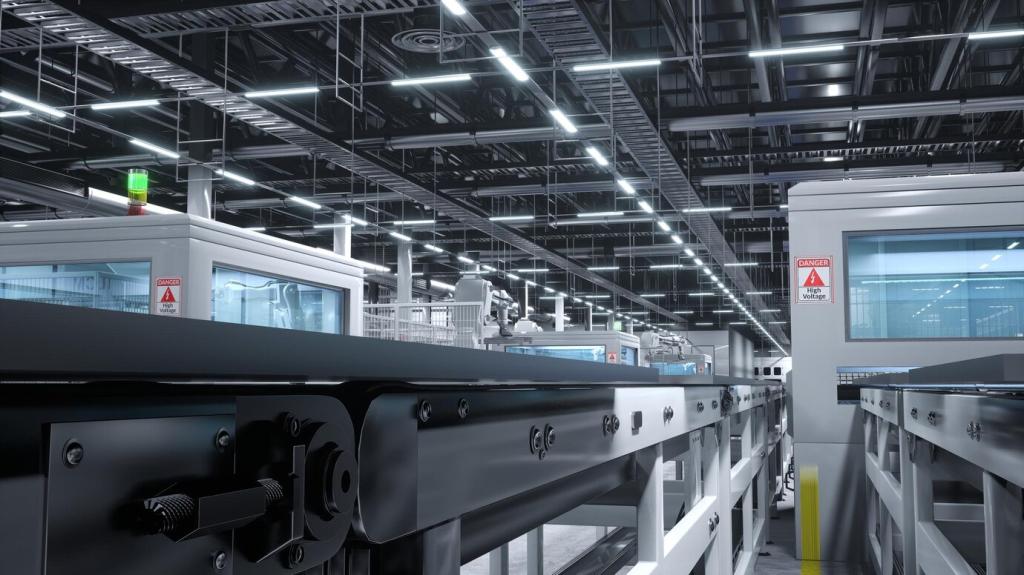Why Recycled Materials Matter Now
Using recycled materials lowers emissions by avoiding energy-intensive manufacturing and mining. Life-cycle assessments reveal dramatic reductions in upfront carbon, especially when designers prioritize reclaimed sources early, document material origins, and commit to deconstruction-ready detailing for future reuse.
Why Recycled Materials Matter Now
A circular mindset shifts architects from specifying products to planning flows. Materials are borrowed, not owned—tracked, disassembled, and recirculated. This shift inspires elegant design systems, flexible assemblies, and delightful storytelling about where each beam, brick, and panel lived before.







